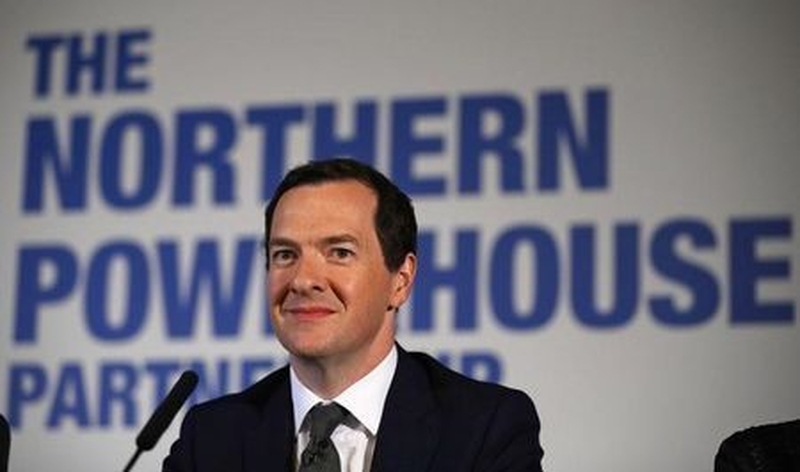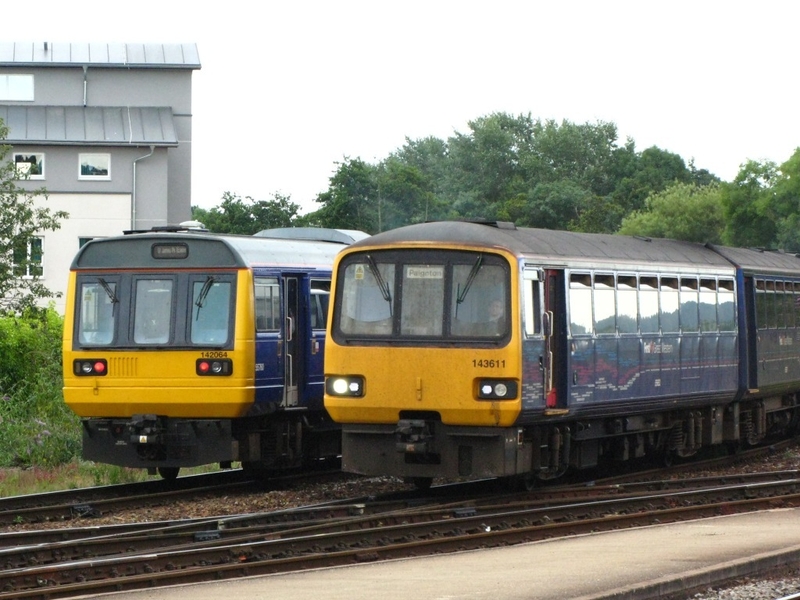It is five years since Osborne made his speech calling for a reinvigorated North. So how's that going?
Last week, leaders from the worlds of business and education met politicians to launch the Greater Manchester Local Industrial Strategy. Mayor of Greater Manchester Andy Burnham, Secretary of State for Business Greg Clark and Sir Richard Leese gave speeches on how the plan would develop the economic prospects of Greater Manchester.
Technology, sustainability, health and creativity were key factors in the plan for economic advancement. It seems that Greater Manchester is to be held up as a template for other cities and towns as they develop their own strategies.
Like a dodgy fuse on a promising firework that was meant to rocket the north’s fortunes skyward, it has fizzled
Greg Clark said, “When we were developing the National Industrial Strategy we turned to Manchester for inspiration, as the cradle of the Industrial Revolution when we are on the threshold of the fourth… This is a landmark strategy that will be emulated by many others, not just in this country.”
Burnham said of the strategy, “it is absolutely true to Manchester’s history. This bold and innovative joint plan puts the City Region back on the map not just as an industrial pioneer but a social pioneer as well.”
A major component of the strategy is increasing productivity. Innovation and education, which comes under the heading ‘ideas’ is termed a ‘foundation of productivity’. Other foundations include ‘people’, ‘infrastructure’, ‘business environment’ and ‘places’. It was appropriate that the launch was opened by a speech by Dame Nancy Rothwell, the Chancellor of the University of Manchester, as our universities are meant to hold the key to this innovation.
Clean-tech was also a focus, with the new Future Biomanufacturing Research Hub being opened the same day. Burnham announced that Manchester was aiming to become the first carbon neutral city in the UK, saying, “Greater Manchester is aiming to be carbon-free by 2038.” Clark echoed this sentiment by calling the strategy, “A blueprint for a healthy, green, connected Manchester. To achieve economic success you need to be in an environment that is healthy, attractive and enhanced by a cultural scene.”
So far, so good. Who wouldn’t like to live in a city that is clean and green, with productive workers supported by the infrastructure they need to do their jobs easily and competently supported by good transport, good healthcare, good education, and wonderful culture too?
But haven’t we heard all this before? Is the ‘Greater Manchester Local Industrial Strategy’ just the Northern Powerhouse but this time it is a party for one?
It’s no secret that the Northern Powerhouse has not delivered on its promises. Like a dodgy fuse on a promising firework that was meant to rocket the North’s fortunes skyward, it has fizzled. You might feel the Northern Powerhouse has been receiving a few mentions recently. That’s because it is five years since Osborne made his speech calling for a reinvigorated north, a speech with many key points that resonated throughout the launch of the Local Industrial Strategy.

There is one key difference though. To recap, the big idea behind George Osborne’s pet project was that cities and towns in the North would join together to become an industrial belt that would finally provide an economic counterweight to London.
A huge amount of that relied on a massive upgrade of transport links. If Sheffield, Manchester and Liverpool are meant to be working in concert, then people needed to pass easily between them. At the time George Osborne said “And yet today the transport network in the North is simply not fit for purpose – and certainly not good enough, if we want our cities to pool their strengths." Andy Burnham recently said that there is no Northern Powerhouse without public transport parity.
The promised upgrades do not seem to be faring so well. The future of HS2 has been put under pressure, with a report from the House of Lords that said it had “serious reservations about the cost-benefit analysis used in determining whether High Speed 2 (HS2) provides value for money.” When the franchise passed from Northern Rail to Northern, services were meant to improve but instead were beset by failing punctuality, poor customer service and industrial action. The old-fashioned Pacer trains that were required by the terms of the franchise to be removed by 2020 are still going strong.

Yet, according to a Government press release, the Northern Powerhouse is ‘a story of success’. The Northern Powerhouse’s GVA (gross value added) is £339.4 billion, 19.4% of the UK total, and it has seen a £10 billion real terms increase since the start of the Northern Powerhouse in 2014. Assuming these figures are accurate and not just a gloss, then the question is, would this growth have happened anyway? And what would have happened if the improvements in infrastructure had been delivered?
In early June the Northern Powerhouse Minister, Jake Berry, was also given an additional joint ministerial position, shared between the Ministry of Housing Communities and Local Government and Department for Business Energy and Industrial Strategy. In theory, this should mean his agenda for the North is being heard in the corridors of power.
But Berry wasn’t present at the launch of the Local Industrial Strategy. Instead his office has said there will be a revised version of the Northern Powerhouse later this year.

The Local Industrial Strategy has been welcomed by such luminaries as Andrew Cowan, CEO of Manchester Airport and Rowena Burns, CEO of Manchester Science Park. But Burnham’s comments, especially regarding carbon neutrality, have been criticised. Burnham said “looking at low carbon, we will be turning low carbon into a gain rather than a cost.” However, the plan does not account for emissions from an expanded Manchester Airport and the plan to spend £6bn on new roads in the region.
Burnham admitted that there were more issues that needed to be addressed. "We can’t be held back by transport," he said, alluding to Northern and the dire state of local transport. Population health was another. Indeed, Manchester is often called 'one of the UK’s unhealthiest cities’ thanks to the prevalence of lung cancer and COPD, among other diseases.
Burnham also said, “We will not have a successful Local Industrial Strategy without a successful local skills strategy.” There is currently an 18-point gap in qualifications between London and the North West, according to CBI. The Local Industrial Strategy paints a picture where the jobs market is powered by digital companies, biotech and healthcare, so qualified workers are a must if it is to succeed.

Perhaps it was foolish of George Osborne and co to think they could lump disparate towns and cities – all with their distinct personalities and ways of doing things – into one industrial conglomerate in the first place. But equally we don’t want to get partitioned off from our northern brethren and have that called a success in order to sidestep the fallout from the Northern Powerhouse.
You can read the full Greater Manchester Local Industrial Strategy here.















